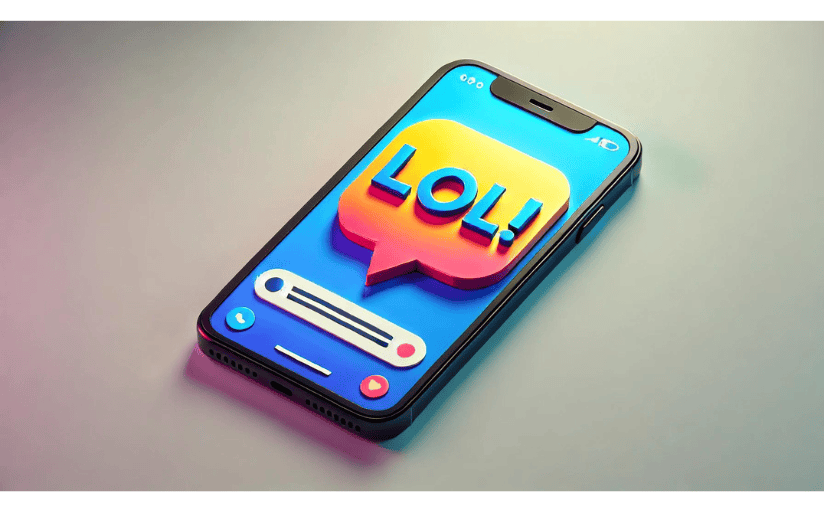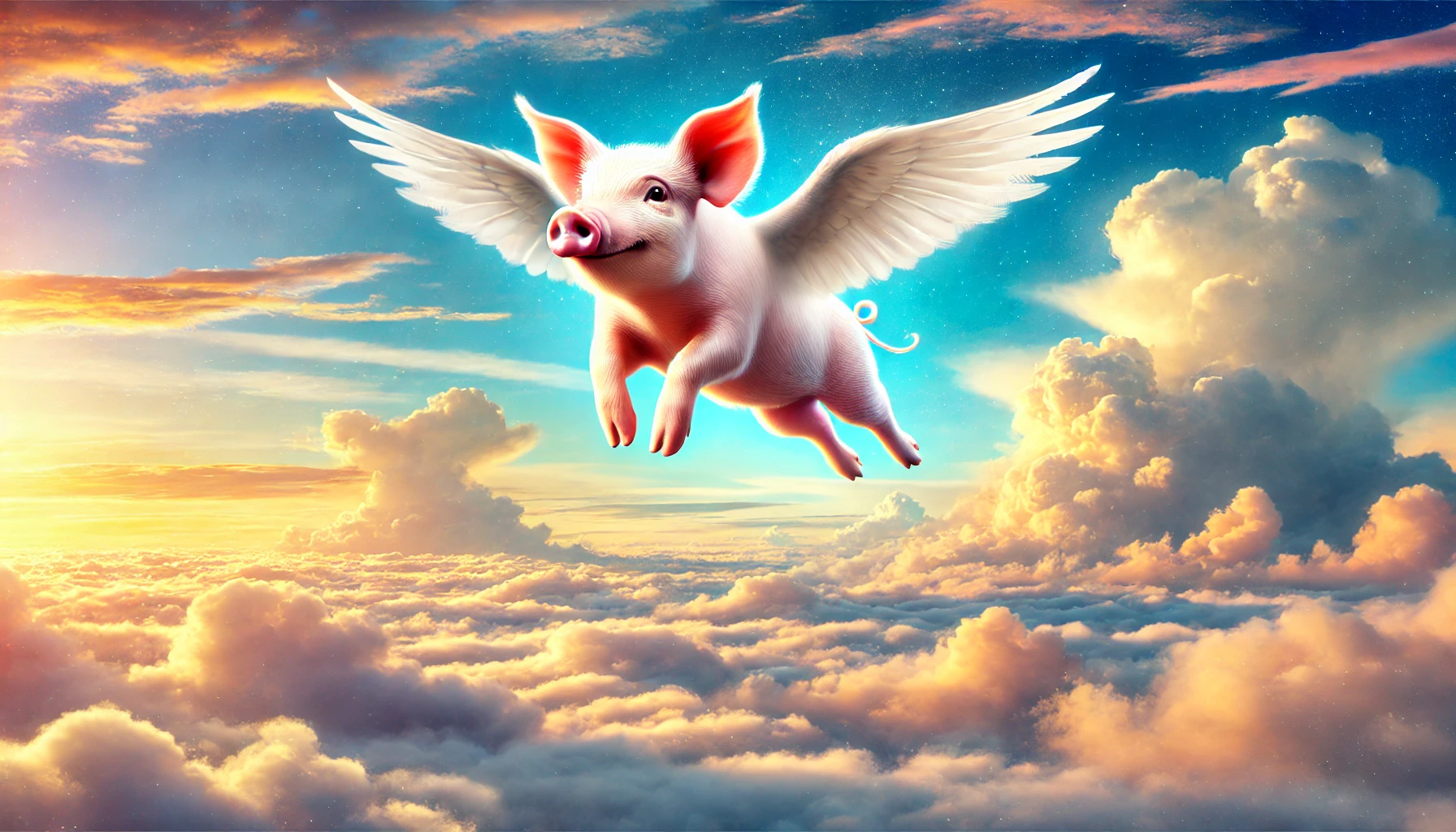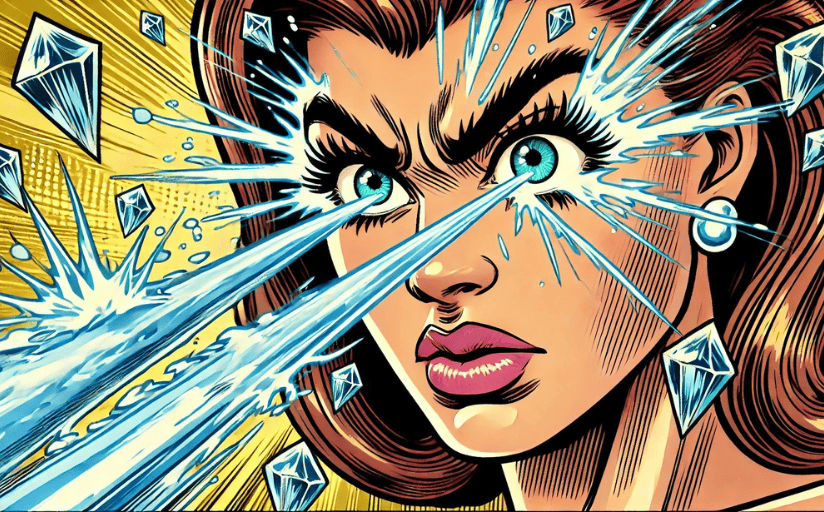Have you ever used “LOL” when responding to a text or message? If so, you have used a hyperbole without even realizing it.
In fact, it’s part of our culture to use hyperboles all the time. Let’s get into the meat of what exactly a hyperbole is.

What’s a Hyperbole?
What is a hyperbole? The term hyperbole derives from a Greek word meaning “excess.” A hyperbole is an exaggeration or overstatement used figuratively to emphasize a point or idea. It is also known as the opposite of an understatement.
What Is a Hyperbole Used For In Writing?
This is a figure of speech (whether written or spoken) that can help to evoke feeling, emotion or strong impressions. Typically, it’s not meant to be taken literally. A hyperbole is used to over-exaggerate, add emphasis, or be humorous.
Hyperboles Are for Emphasis
There are many different kinds of hyperboles, and they can be used to convey many emotions including humor, anger, excitement, surprise and many more. The relay of these feelings all depends on the context in which it is used by the person speaking. One of the major uses of hyperboles is to add emphasis to your writing or speaking.
See some great examples of hyperboles that add emphasis below:
Hyperbole Example:
- After a long day of walking, my feet were killing me.
The writer here does not literally mean that her feet were actively causing her to die. She merely means that her feet ached from all the walking she did. She could simply have said as much, but the hyperbole more colorfully conveys her feeling of agony.
More Hyperbole Examples:
- She shot me a glare so icy that I had to turn on the heater.
- I must have aged a couple of decades over the course of that webinar.
- I’m so hungry, I could eat a horse!
- I will love you until the end of time.
In each of these hyperbole examples, the statements are not meant to be taken literally. They add both emphasis, with the first three invoking humor while the last one leans more towards romance.
Hyperbole Examples in Creative Writing
In creative writing, an effective hyperbole embellishes the storytelling in a way that grabs the reader’s attention. The illustrative wording of the hyperbole should seize the imagination with images or sensations that are obviously exaggerated yet emotionally stirring.
Note that the intention must never be to deceive. It should always be clear to the reader that your hyperbole is not to be taken literally. This may entail overstating to such a degree that the exaggeration becomes overtly absurd, which is why hyperboles are most often used for comic effect.

Hyperbole Literary Examples:
- “A day was twenty-four hours long but seemed longer. There was no hurry, for there was nowhere to go, nothing to buy and no money to buy it with, nothing to see outside the boundaries of Maycomb county.” – To Kill a Mockingbird by Harper Lee
- “I was helpless. I did not know what in the world to do. I was quaking from head to foot, and could have hung my hat on my eyes, they stuck so out so far.” – Old Times on the Mississippi by Mark Twain
Hyperbole Examples in Advertising
Hyperboles are abundant in marketing, but the separation between hyperbolic puffery and false advertising can be a fine line, sometimes requiring a court’s judgment to discern. If you make an unsubstantiated claim about something that should be objectively verifiable, this could be grounds for legal action.
For example, marketing a suitcase as being so durable as to be able to survive a fall from the top of the Eiffel Tower could be ruled false advertising if the claim can be easily shown to be factually inaccurate.
Rules and regulations should not be your only consideration. Reliance on unverifiable subjective statements may not land you in legal trouble, but it may nevertheless prove counterproductive. If your ad copy consists only of broad superlative claims (e.g. “We’re the best!”) backed by no supporting data, savvy customers will see through the gimmicky language and question your credibility.
Here are some other hyperbole examples in advertising:
Examples of Hyperboles in Advertising:
- “The Best a Man Can Get” – Gillette
- “There Is No Finish Line” – Nike
- “Tastes So Good, Cats Ask For It By Name” – Meow Mix
Handle Hyperboles With Care
In other professional contexts, hyperboles are best used sparingly. The more formal the piece, the less appropriate the hyperboles are. Scholarly articles and technical writing, which demands clarity and precision, should not include any.
Even in less formal writing, exercise moderation when using hyperbole. Overuse can dilute their impact, and in academic or professional writing, exaggeration can cause you to lose credibility. Readers expect accuracy and truthfulness in such contexts, so it’s essential to maintain a balance.
So to sum up, what is the hyperbole definition? It’s an exaggeration or overstatement that is used figuratively. What is a hyperbole used for? A hyperbole is used to emphasize a point and must stand out to be effective. If you overstate every point, readers may become desensitized to your exaggerations, and they will no longer know when to take seriously anything you say.
If you have any questions or perhaps a hyperbole you’d like to share, please comment below!


Leave a Reply